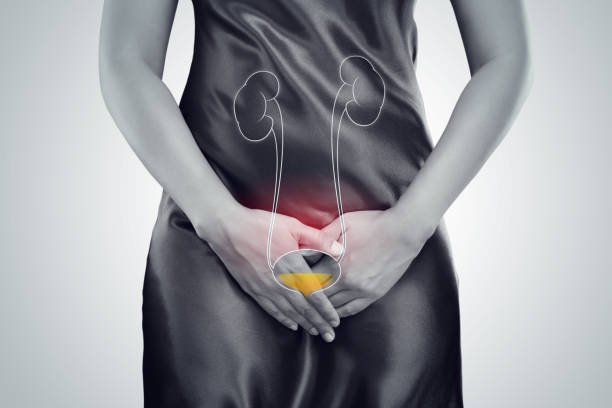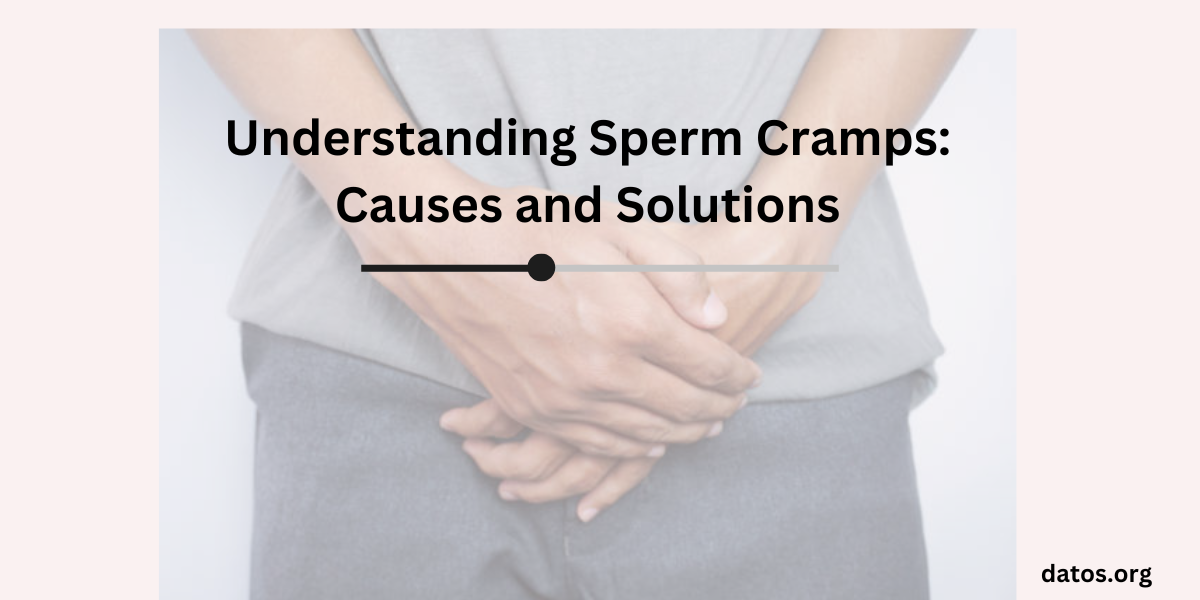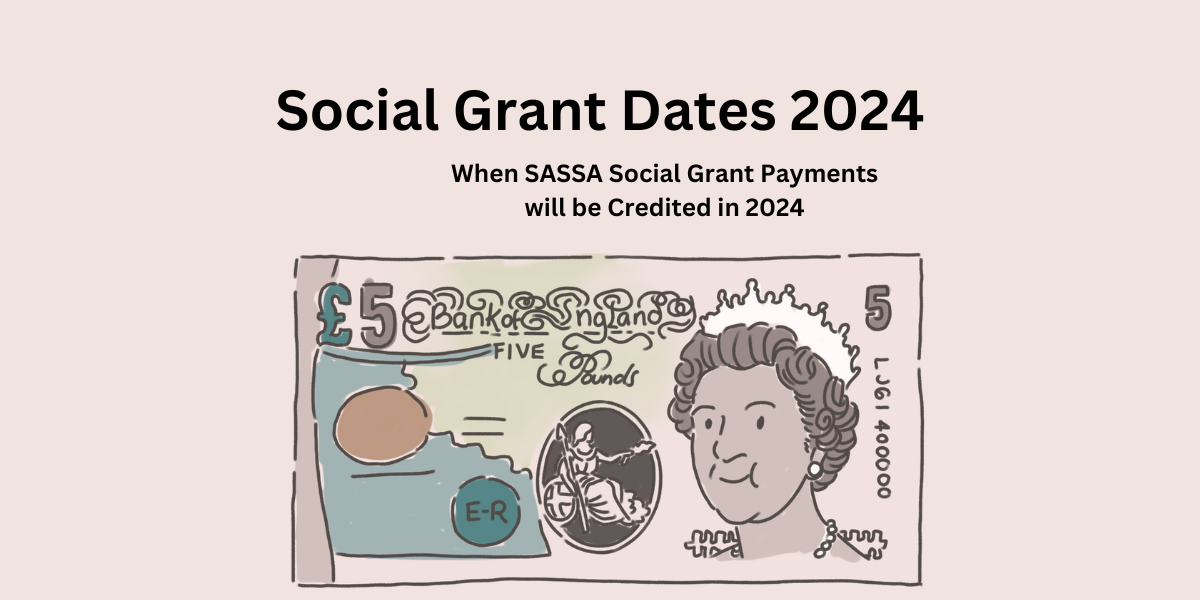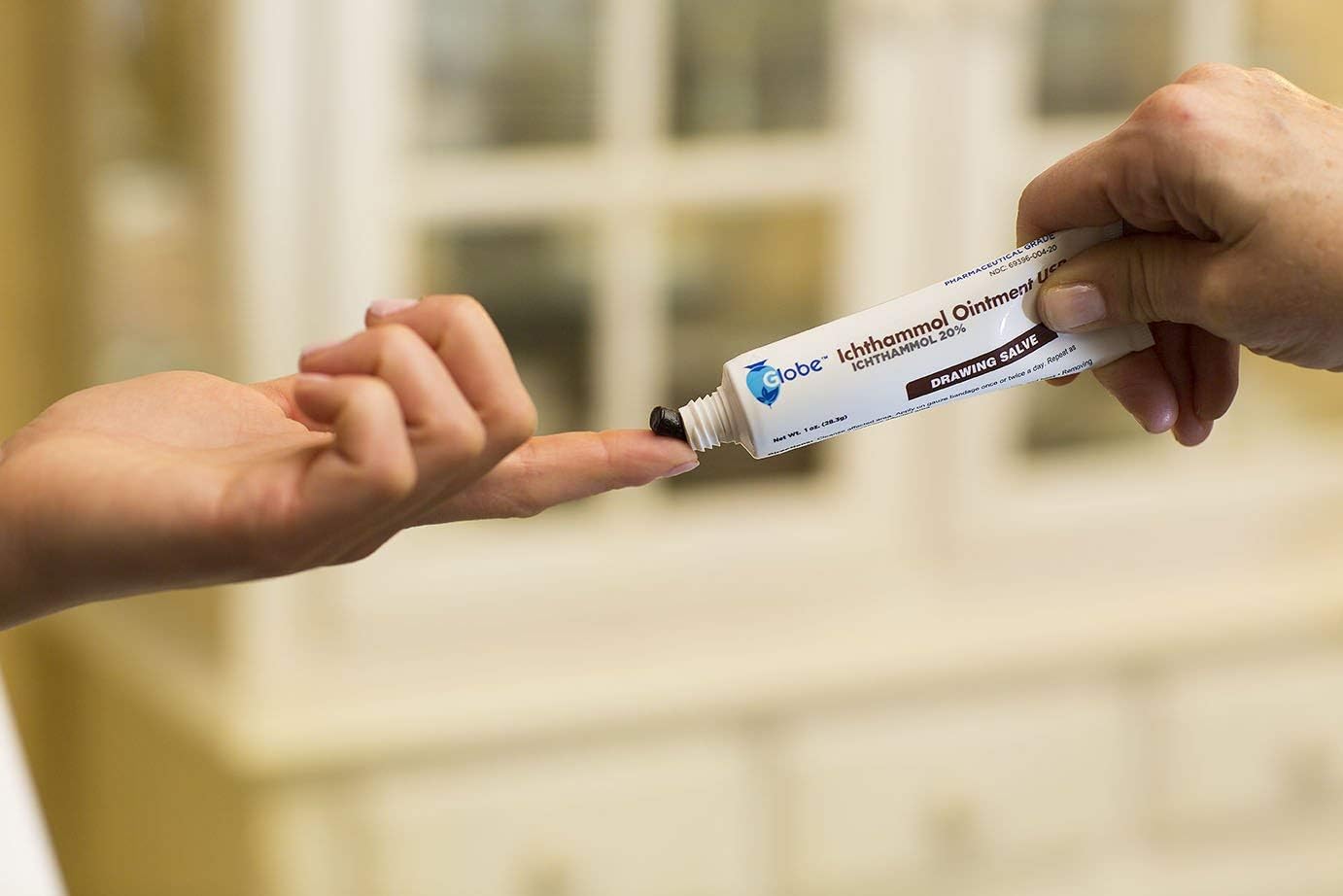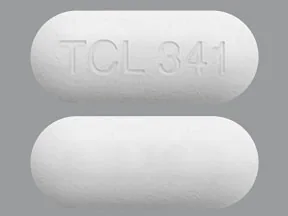Blue Waffles Disease is popularly known for online deception and it is merely a fabrication. This ailment is portrayed falsely as a disease which is transmitted sexually mainly impacting women, which results in blue discolouration of the vaginal area. Knowing the genesis of this myth and its proliferation can be fascinating. To know the truth behind the alleged image of Blue Waffles disease, read the article until the end, here, we have uncovered the truth.
Know More About Sexually transmitted diseases
- The Myth of Blue Waffles Disease
- Real STDs Prevention
- Common Symptoms of Actual STDs
- People May Ask
- What is Blue Waffles Disease?
- How did Blue Waffles Disease start?
- Is Blue Waffles Disease a real STI?
- What are the symptoms of Blue Waffles Disease?
- How is Blue Waffles Disease spread?
- What should I do if I think I have Blue Waffles Disease?
- How can I protect myself from STIs?
The Myth of Blue Waffles Disease
A number of theories circulating related to the popularity and origin of Blue Waffles disease images. Among them, an idea suggests that a person may have come across a photo of a vulva after the application of gentian violet, a remedy for yeast infections, mistaking it for a dreadful disease.
Gentian violet, known for its efficacy in treating oral and vaginal yest infection, have the power to change the colour of the skin, which might turn it purple. Some people choose this approach because of their preference for natural remedies.
Check Out Now
Real STDs Prevention
We should focus mainly on preventing real sexually transmitted diseases (STDs) rather than being preoccupied with blue waffles or browsing blues waffles disease images.
The most effective method to protect yourself is by abstaining from sexual contact with people displaying symptoms like discharge, genital sores, rashes, or other indications of an STD. If you choose to engage in unprotected sex, it is important that you both are exclusively involved with each other sexually.
However, it is advisable for both partners to undergo STD testing before engaging in unprotected sexual activities.
Here are some precautionary steps you can take to prevent STDs:
- Always use condoms during sexual activity. Also, you can go for latex condoms as they offer better protection.
- It is wise to avoid condoms with nonoxynol-9, as they may cause irritation to the vagina of women while killing organisms which cause infection.
- If you choose to use a lubricant, make sure that it is not oil-based. Water-based lubricants are preferable as they do not degrade condoms.
- Properly wear condoms to enhance protection and reduce the risk of contracting sexually transmitted diseases.
- Avoid sharing towels and underclothing with others, and remember to cleanse yourself after and before intercourse.
- Get tested for HIV and consider receiving a hepatitis B vaccination for added protection. It is important to understand that while following these precautions lowers the risk of getting an infection, the only foolproof way to guarantee avoidance of infection is to leave sexual activity together.
Common Symptoms of Actual STDs
While blue waffles disease images are completely false, there are a number of other real STDs that exist. These infections can cause considerable discomfort.
Falling into unsafe sexual practices increases the chances of contracting these diseases. The positive aspect is that most sexually transmitted diseases can be treated, but it is important to identify the infection easily for effective management.
When you have an STD, you will often face specific symptoms. The most frequent signs include pain during sex and while urinating. Open bumps or sores near your mouth or genitals may also appear. Swelling, itching, and unusual discharge in the genital area can indicate an STD. Women might notice changes in their menstrual cycle, along with high fever, fatigue, and nausea.
If you face these symptoms, it is important not to overlook them and visit your doctor for a thorough examination. While regular STD testing and practising safe sex provide a sense of security, it is still possible to contract an STD, especially if you have an active sex life.
Therefore, it is important to gather more information about safe sex practices and learn to differentiate between hoaxes and genuine STDs.
People May Ask
What is Blue Waffles Disease?
Blue Waffles Disease is a fictional STI that is often depicted as causing the vagina to turn blue and become inflamed. However, there is no such disease. The images that are often circulated online as evidence of Blue Waffles Disease are actually photoshopped images of real STIs, such as chlamydia or gonorrhoea.
How did Blue Waffles Disease start?
The exact origin of Blue Waffles Disease is unknown, but it is believed to have originated as an internet hoax in the early 2000s. The hoax spread quickly through social media and online forums, and the images of the supposedly diseased vagina were often shared without any context.
Is Blue Waffles Disease a real STI?
No, Blue Waffles Disease is not a real STI. There is no disease that causes the vagina to turn blue or become inflamed. The images that are often circulated online as evidence of Blue Waffles Disease are actually photoshopped images of real STIs, such as chlamydia or gonorrhoea.
What are the symptoms of Blue Waffles Disease?
There are no symptoms of Blue Waffles Disease because it does not exist. The images that are often circulated online as evidence of Blue Waffles Disease show symptoms of real STIs, such as chlamydia or gonorrhea. These symptoms can include:
- Painful urination
- Vaginal discharge
- Itching or burning in the genital area
- Redness or swelling of the genitals
How is Blue Waffles Disease spread?
Blue Waffles Disease is not spread through sexual contact. It is a fictional disease that does not exist.
What should I do if I think I have Blue Waffles Disease?
If you are concerned that you may have an STI, it is important to see a doctor for testing. There are many different STIs that can cause symptoms in the genital area, and it is important to get a correct diagnosis so that you can receive the appropriate treatment.
How can I protect myself from STIs?
The best way to protect yourself from STIs is to practice safe sex. This means using condoms every time you have vaginal, anal, or oral sex. You should also get tested for STIs regularly, even if you are not experiencing any symptoms.

